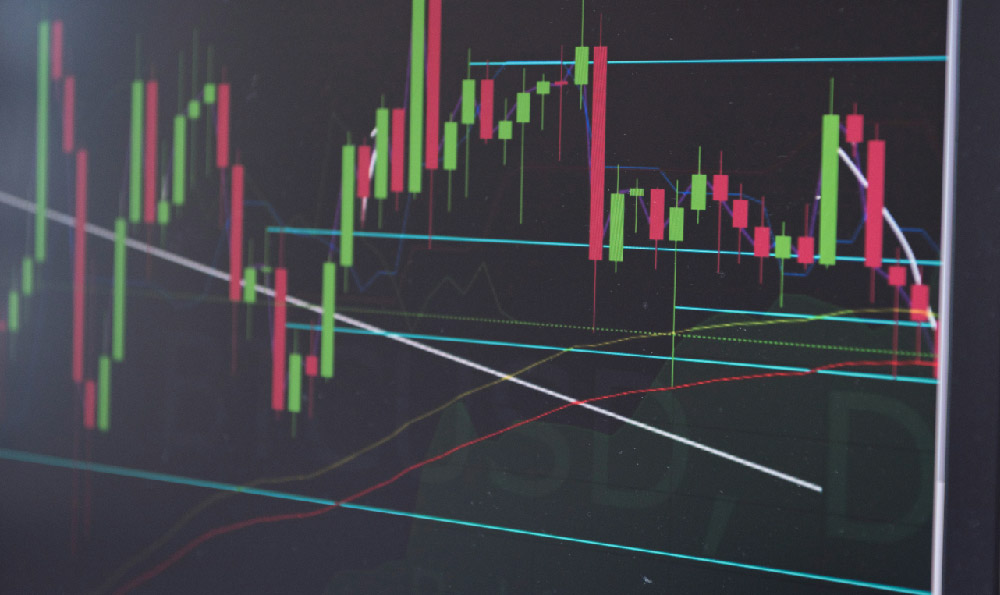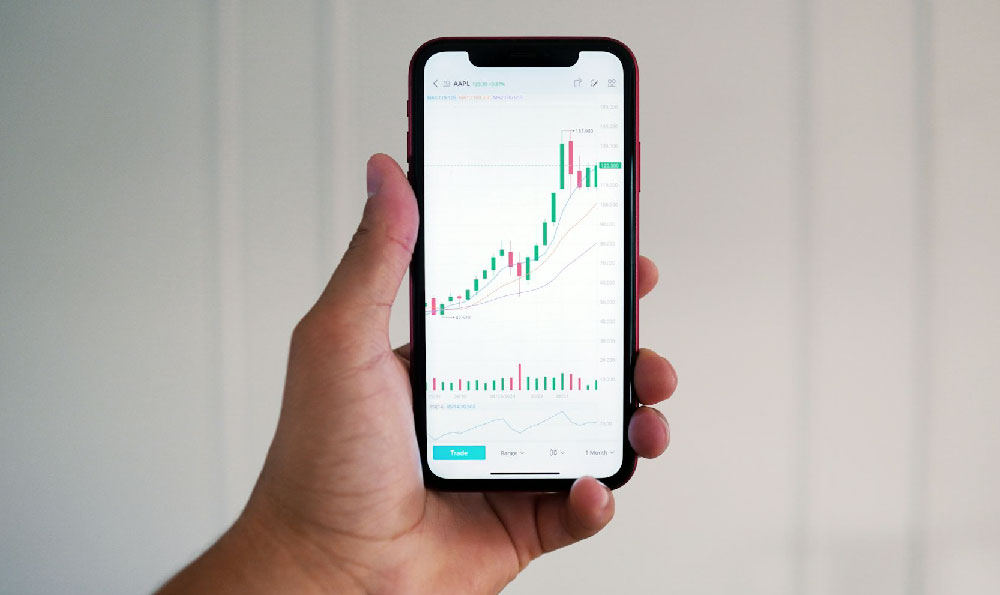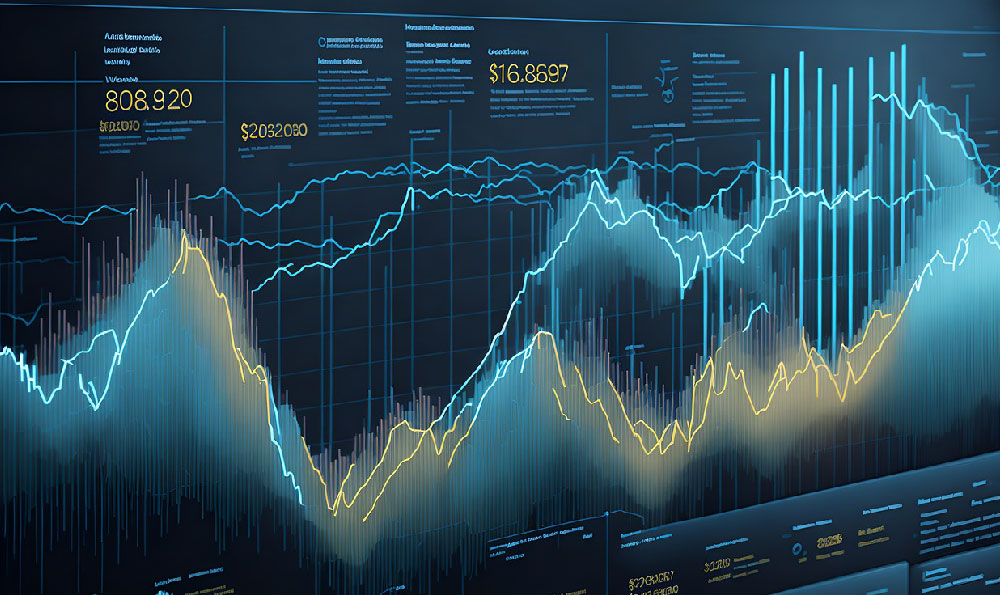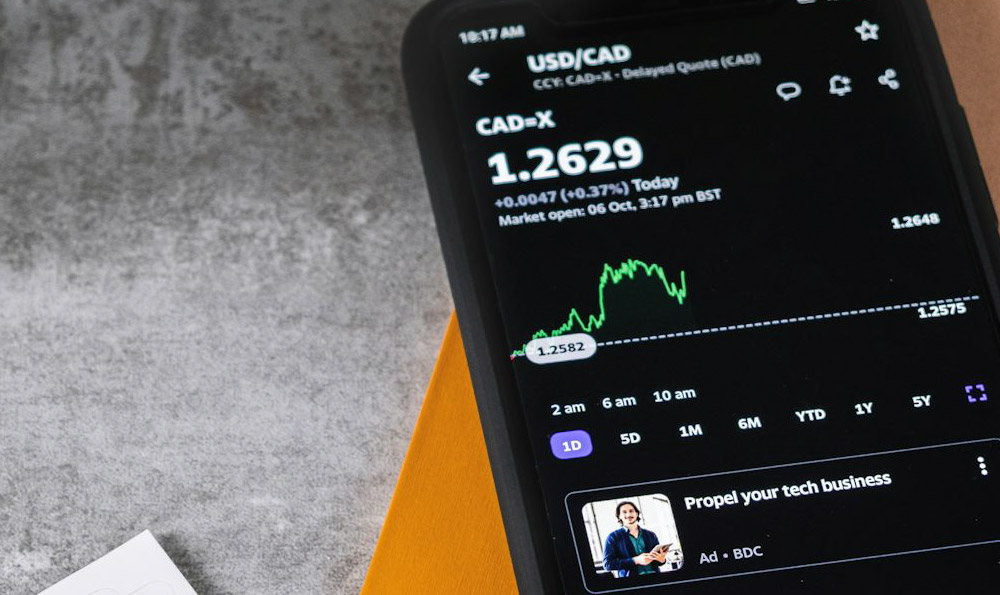The clash between Floyd Mayweather Jr. and Manny Pacquiao on May 2, 2015, at the MGM Grand Garden Arena in Las Vegas wasn't just a boxing match; it was a cultural and financial phenomenon. Dubbed the "Fight of the Century," and later more appropriately "Fight of the Millennium" given the protracted build-up, the event shattered numerous records and generated an unprecedented amount of revenue. Dissecting the earnings requires a look at various revenue streams, each contributing significantly to the overall financial windfall.
The single largest contributor to the gargantuan sum was pay-per-view (PPV) sales. The fight was broadcast on both HBO and Showtime, marking a rare co-production between the rival networks. They collectively sold a reported 4.6 million PPV buys in the United States, priced at $89.95 for standard definition and $99.95 for high definition. This translates to roughly $410 million in PPV revenue alone, making it the highest-grossing PPV event in boxing history, a record that stands to this day. Reaching that level required not only a compelling match-up but also an extensive and expensive marketing campaign, leveraging both fighters' global appeal.
Beyond the United States, the fight was broadcast internationally, generating additional PPV revenue from various territories. While the exact international PPV figures are less readily available, estimates suggest that it contributed several million dollars more to the overall PPV haul. The global reach of both Mayweather and Pacquiao ensured significant international interest, making it a truly worldwide event.

Ticket sales also played a substantial role in the financial equation. With a capacity of around 16,500, tickets were priced at exorbitant levels, ranging from $1,500 to $10,000. The high demand resulted in a near-instant sell-out, and the gate revenue for the fight amounted to approximately $72 million, another record-breaking figure for a boxing event. Ringside seats were particularly coveted, fetching prices far exceeding their face value on the secondary market. The presence of celebrities and high-profile individuals further fueled demand and contributed to the overall spectacle.
Commercial sponsorships added another layer of financial success. Numerous companies sought to associate themselves with the event, paying significant sums for branding opportunities within the arena, on fighter apparel, and during the broadcast. While the exact figures for sponsorship revenue are not publicly disclosed, it is estimated to have contributed tens of millions of dollars to the overall earnings. Brands recognized the marketing potential of aligning themselves with such a high-profile event, reaching a massive global audience.
Merchandise sales also generated a considerable amount of revenue. From t-shirts and hats to posters and other memorabilia, fans eagerly purchased items commemorating the fight. The demand for official merchandise was exceptionally high, and the sales contributed significantly to the overall financial success of the event. The scarcity of certain items, particularly those autographed by the fighters, further drove up their value and fueled demand.
So, how was all this immense wealth distributed? Mayweather and Pacquiao had agreed on a 60/40 split of the purse in favor of Mayweather, reflecting his higher profile and negotiating power. After all expenses were accounted for, Mayweather reportedly earned around $220-230 million from the fight, while Pacquiao's earnings were approximately $150-160 million. These figures represent the largest individual paydays in boxing history at the time.
Beyond the fighters themselves, numerous other parties benefited financially from the event. Promoters, managers, trainers, and other members of their respective teams all received a share of the earnings. HBO and Showtime also profited handsomely from the PPV sales, recouping their production and marketing costs and generating substantial revenue. The MGM Grand Garden Arena, as the host venue, also benefited from the increased foot traffic and spending on food, beverages, and other amenities.
The economic impact of the fight extended beyond the direct revenues generated. The influx of tourists and fight fans into Las Vegas resulted in increased spending at hotels, restaurants, casinos, and other businesses, providing a significant boost to the local economy. The event also generated considerable media attention, further enhancing Las Vegas's reputation as a premier destination for entertainment and sporting events.
It's important to remember that these figures are estimates based on publicly available information and industry reports. The exact details of the financial arrangements are often kept confidential, and the actual earnings may differ slightly from these estimates. Moreover, the earnings figures represent gross revenue, and do not account for taxes, management fees, and other expenses that the fighters and other parties were responsible for paying.
In conclusion, the Mayweather vs. Pacquiao fight was an unprecedented financial success, generating an estimated $600 million or more in total revenue across various streams. The massive PPV sales, combined with record-breaking gate revenue, sponsorships, and merchandise sales, resulted in enormous paydays for the fighters and significant profits for other stakeholders. The event's economic impact extended beyond the boxing world, providing a significant boost to the Las Vegas economy and solidifying its status as a major entertainment hub. The fight remains a benchmark for financial success in the sport of boxing, and it's unlikely that any event will surpass its achievements in the near future.












